Endangered Species Day and the Garden
Submitted May 20, 2017 at 01:00 PM
Catherine Cort, Conservation Research Assistant
Bruce Pavlik, Red Butte Garden Conservation Dept. Director / bruce.pavlik@redbutte.utah.edu
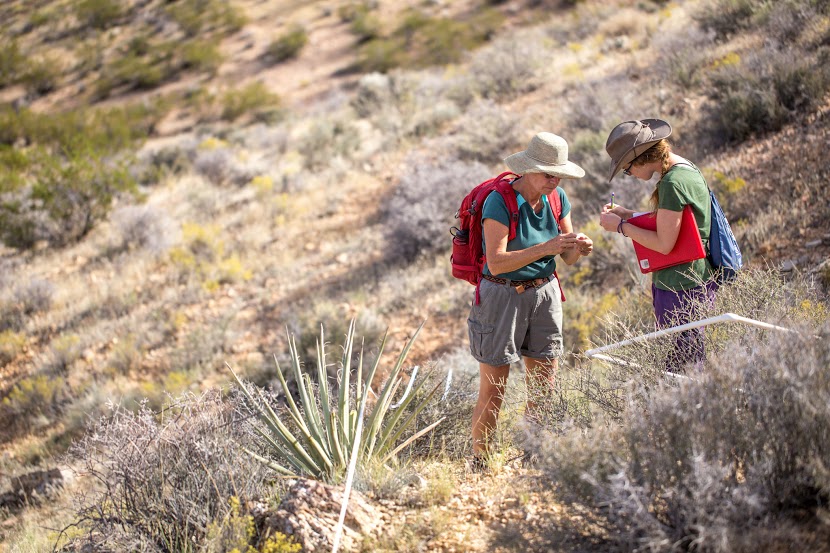
Most people think about endangered species as animals, but Red Butte Garden is working to save Utah’s endangered plant species. The Red Butte Garden Conservation Department spends much of its time focused on small and inconspicuous desert plants.
In honor of Endangered Species Day on May 20, 2017, we would like to highlight some of our conservation efforts.
Currently Utah has 11 plant species listed as Endangered, and 14 species listed as Threatened under the Federal Endangered Species Act. Every year, Red Butte Garden Plant Conservation Department staff members and volunteers go into the field to monitor populations of, and collect seeds from these species.
The information we gather is summarized in reports and the seeds are stored in a seed bank. Seed banking is a long-term method for conserving the genetic diversity of each plant species. We perform germination testing and propagate some of these species at the Garden, and provide live plants and seeds to other researchers around the state for purposes of scientific study or restoration.
Many of the species we work with are endemic to a certain soil type or habitat within our state — which means that in the entire world they can only be found in Utah!
By researching these unique and special plants, Red Butte Garden is helping to preserve an important part of Utah’s natural heritage for generations to come.
Following is a list of the plants the Red Butte Garden Conservation Department is monitoring:
Endangered Plants
Arctomecon humilis
Dwarf bear-poppy
Habitat: Restricted to gypsiferous soils of the Moenkopi Formation
Endemic to Washington County, UT
Threats: Habitat loss due to urban development, road construction, off-road vehicles, gypsum mining
RBG Research: Seed collection & seed banking (1993-present)
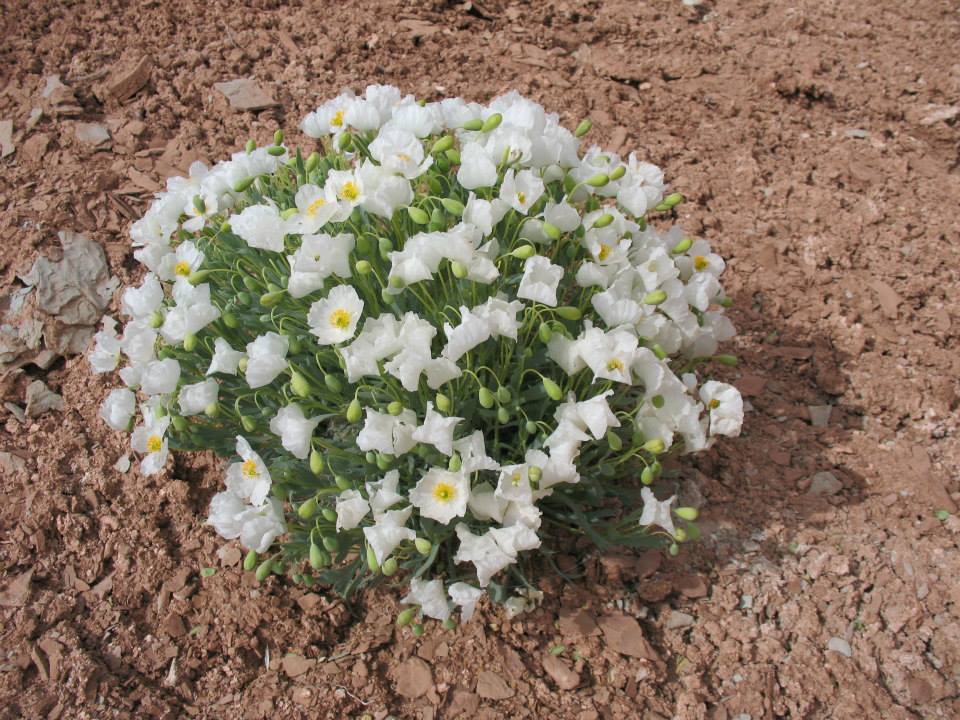
Astragalus holmgreniorum
Holmgren’s Milkvetch
Habitat: Gravelly clay hills in warm desert-shrub communities
Endemic to the Arizona Strip region (UT/AZ border)
Threats: Habitat loss due to highway/powerline construction, urban development, off-road vehicles, displacement by exotic weeds, grazing and mineral development
RBG Research: Seed collection & seed banking (2009-present), germination studies, propagation, collaboration with genetic research
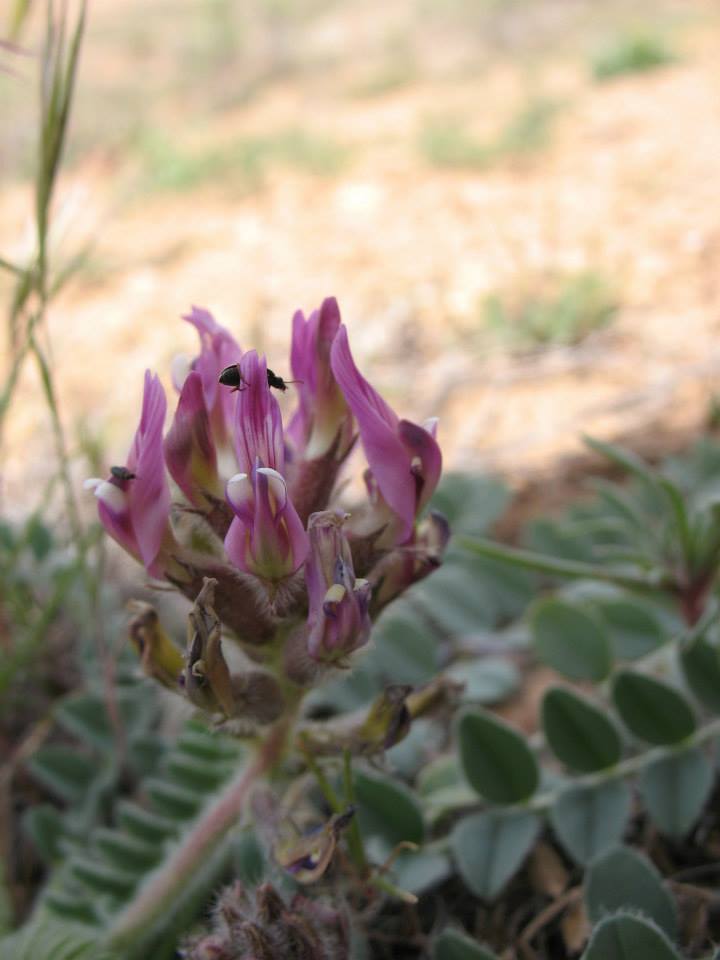
Lesquerella tumulosa
Kodachrome bladderpod
Habitat: Xeric shale knolls in the Kodachrome Flats area of the Paria River drainage
Endemic to Kane County, UT
Threats: Mining activities and other land-use changes
RBG Research: Seed collection & seed banking (2012-present), germination studies, propagation
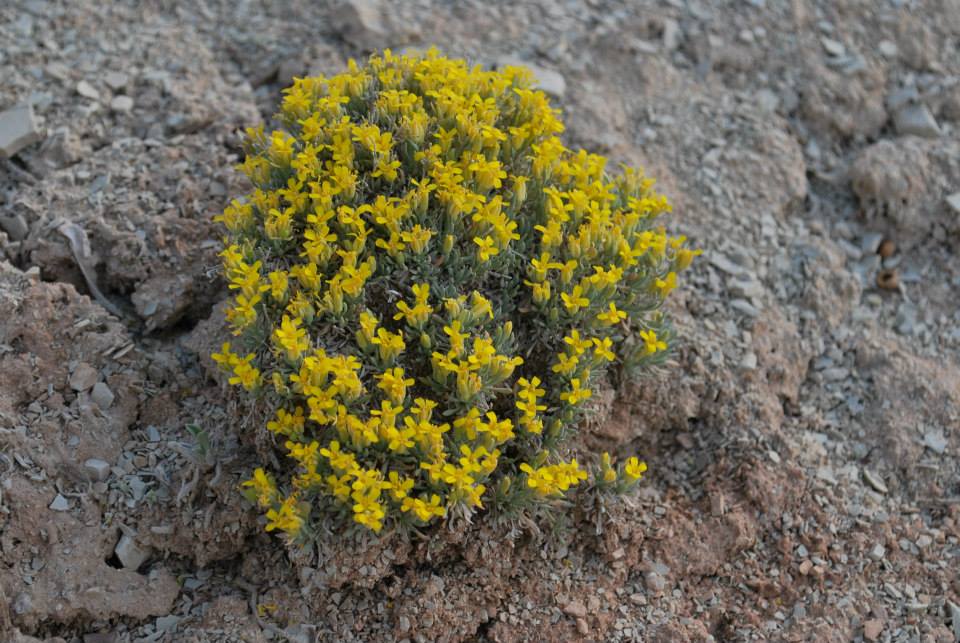
Sphaeralcea gierischii
Gierisch mallow
Habitat: Restricted to gypsiferous outcrops of the Kaibab Formation
Endemic to the Arizona strip region (UT/AZ border)
Threats: Habitat loss & disturbance due to active gypsum mining, unauthorized ORV use, illegal dumping, livestock grazing, competition from invasive species
RBG Research: Seed collection & seed banking (2011-present), germination studies, propagation, population monitoring, reintroduction project on reclaimed mining sites.
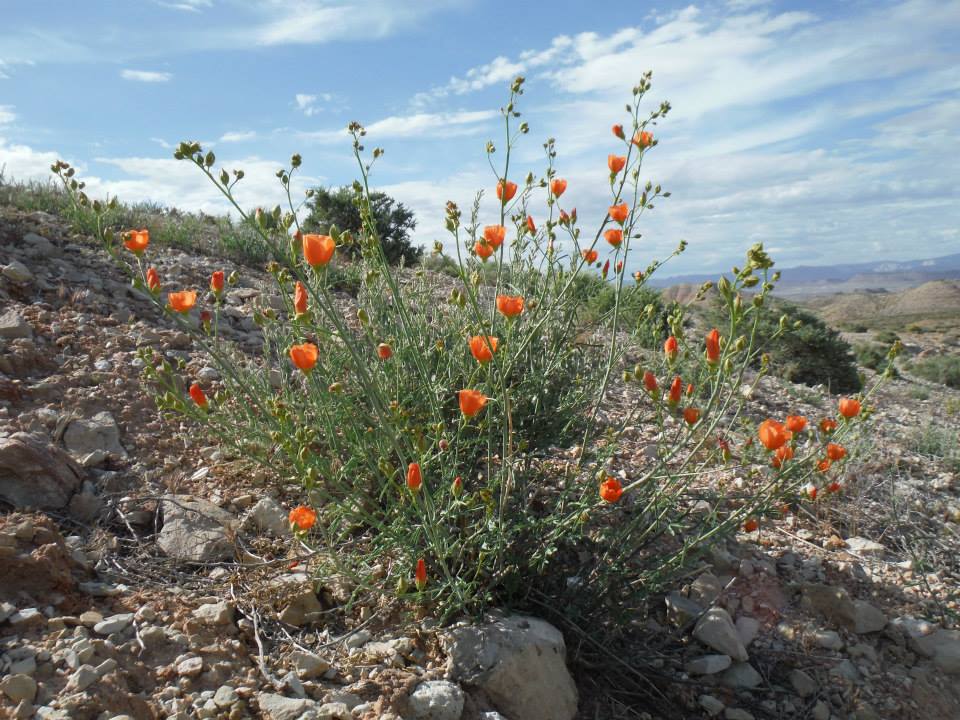
Threatened Plants
Asclepias welshii
Welsh’s milkweed
Habitat: Open red sand dunes of Navajo sandstone, Utah occurrences in and around Coral Pink Sand Dunes State Park
Threats: Habitat destruction due to off-road vehicle use, livestock grazing
RBG Research: Seed collection & seed banking (1988-present)
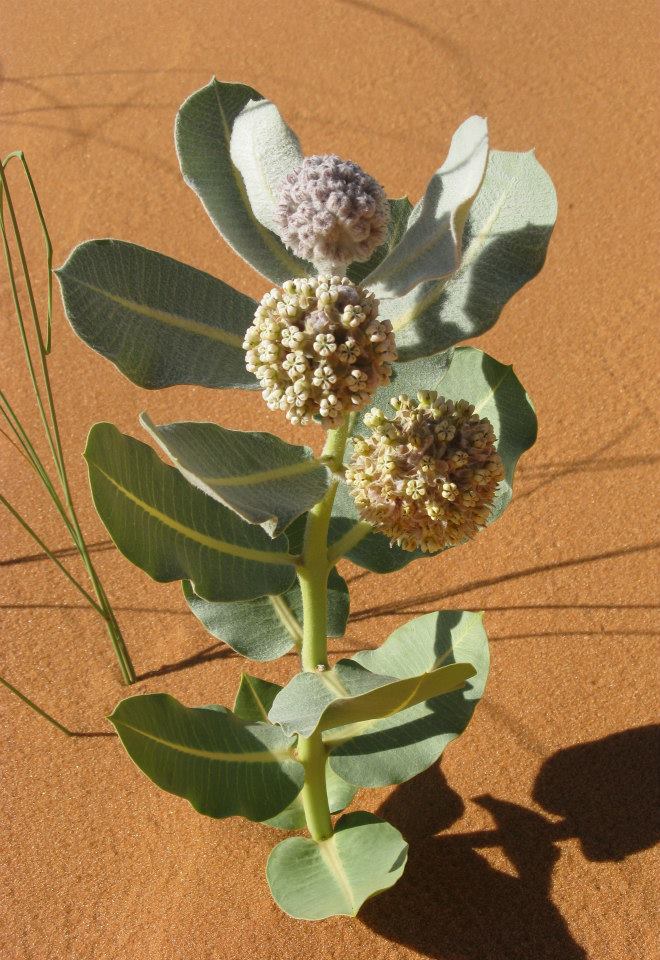
Pediocactus sileri
Siler pincushion cactus
Habitat: Gypsiferous and saline soils in the Arizona Strip region
Threats: Habitat destruction due to off-road vehicle use, grazing, uranium mining, long-term drought
RBG Research: Seed collection & seed banking (2008-present)
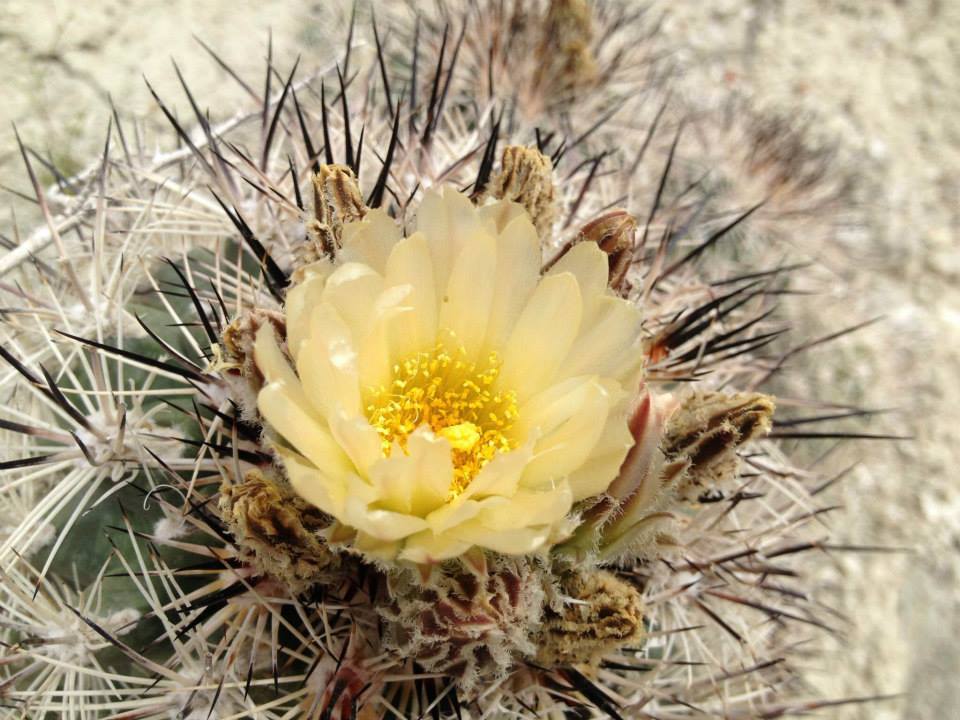
Sclerocactus wetlandicus
Uinta Basin Hookless Cactus
Habitat: Desert gravel in the Uinta Basin
Endemic to Duchesne and Uintah Counties, UT
Threats: Habitat loss and fragmentation due to oil and gas development, livestock grazing, off-road vehicle use
RBG Research: Seed collection & seed banking (1992-present), salvage of cacti from pipeline construction, transplanting and monitoring
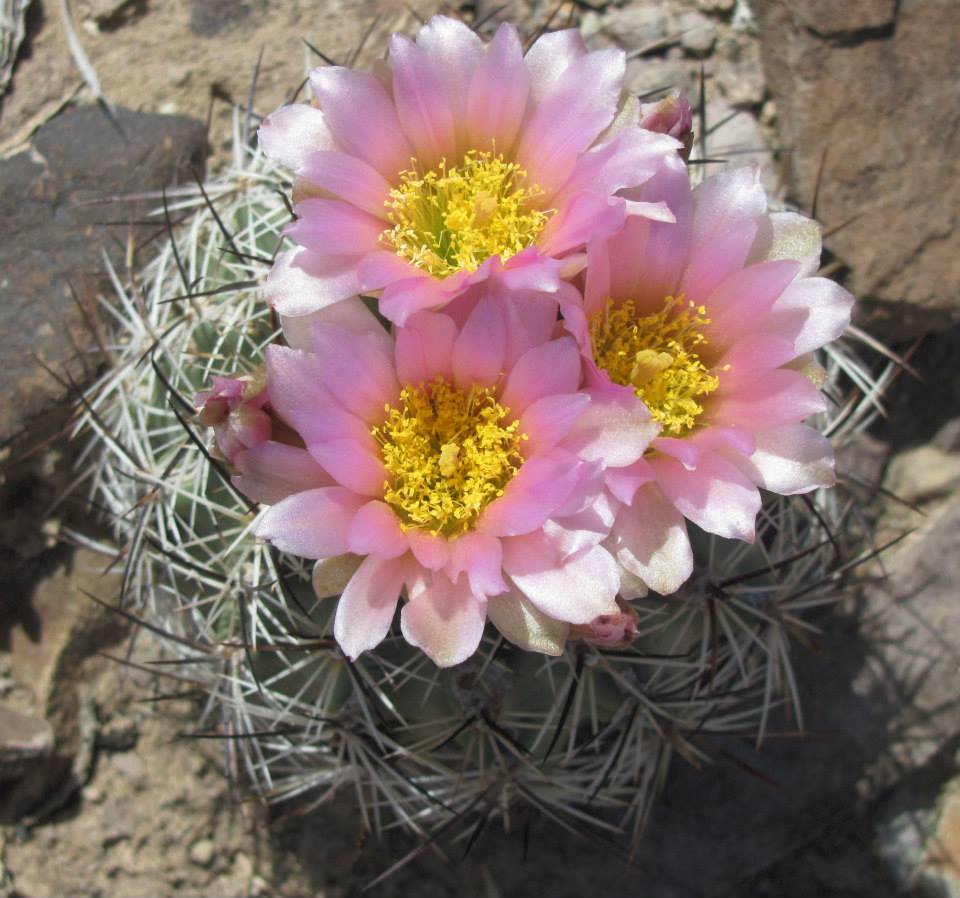
Spiranthes diluvialis
Ute Ladies’ Tresses
Habitat: Wet meadows and riparian corridors
Threats: Competition from invasive species, habitat loss due to urbanization and modification of riparian areas, livestock grazing
RBG Research: Seed collection & banking (2005-present), germination studies, propagation
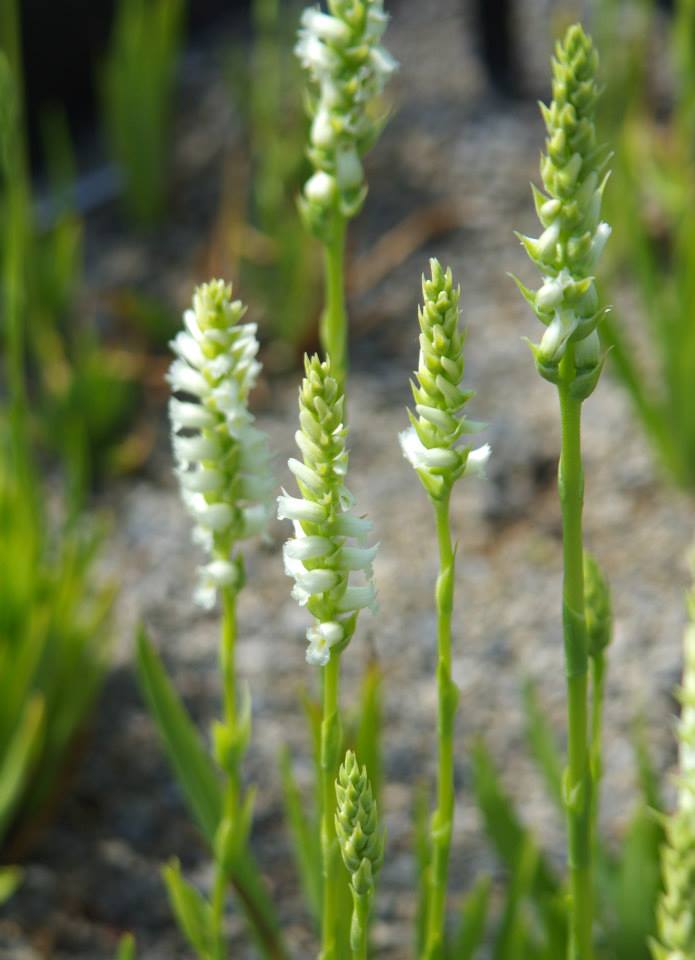
Townsendia aprica
Last Chance Townsendia
Habitat: Clay soils of the Mancos Shale Formation
Endemic to Sevier, Emery and Wayne Counties, UT
Threats: Habitat loss due to oil and gas exploration and mining activities, off-road vehicle use, livestock grazing and highway construction
RBG Research: Seed collection & seed banking (1993-2013)
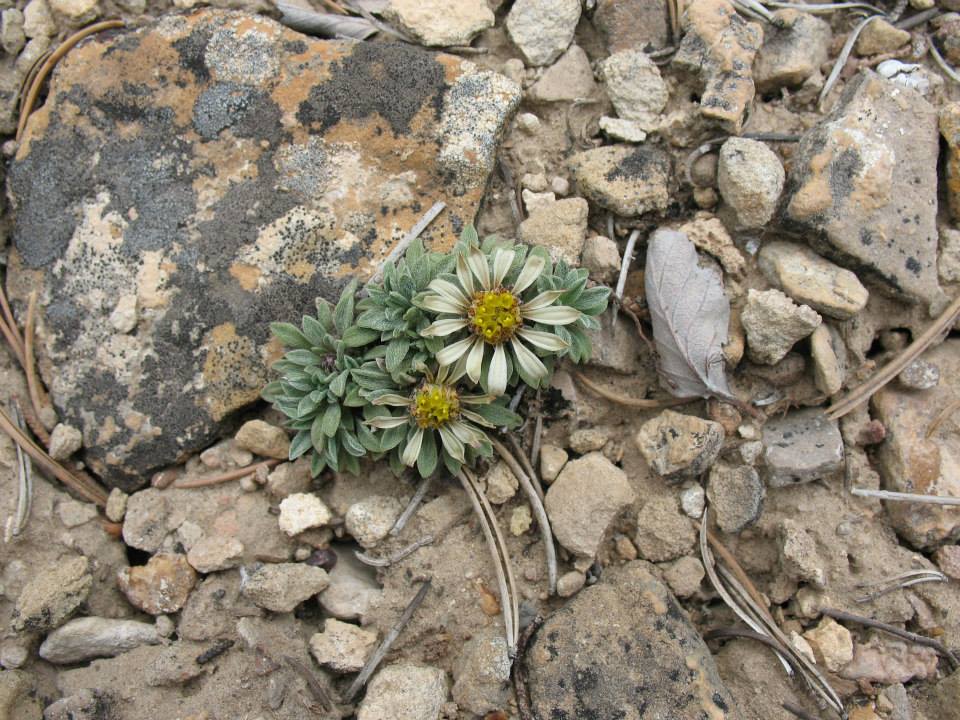
For more information, please visit our website at: www.redbuttegarden.org/conservation-research






